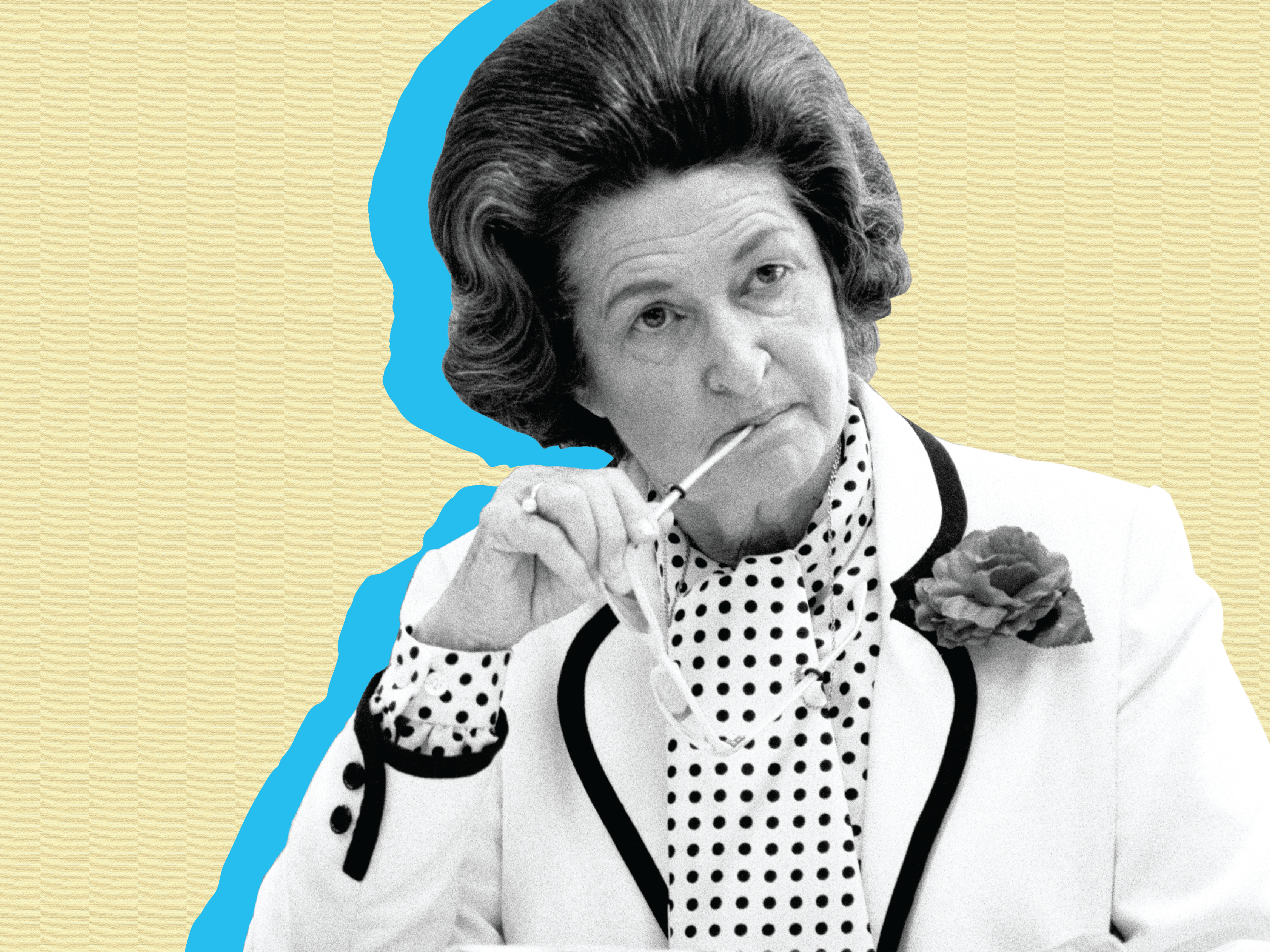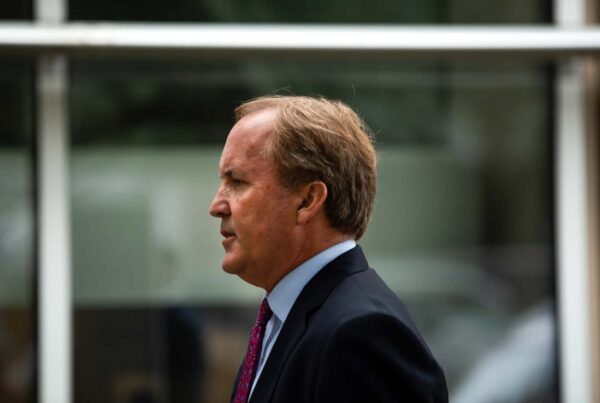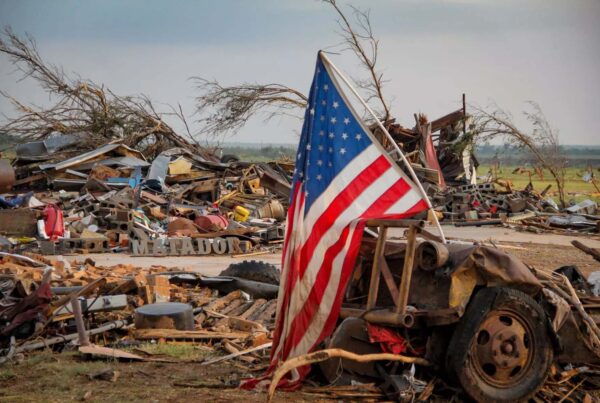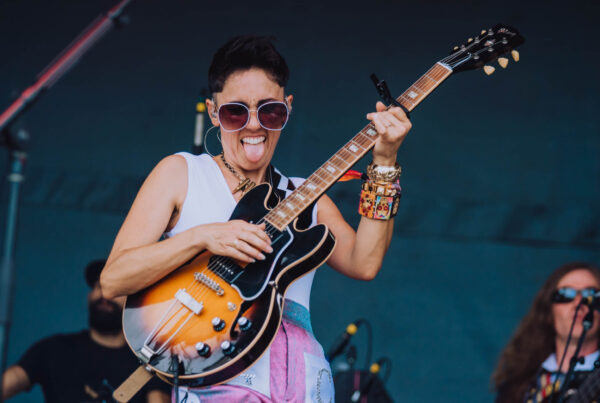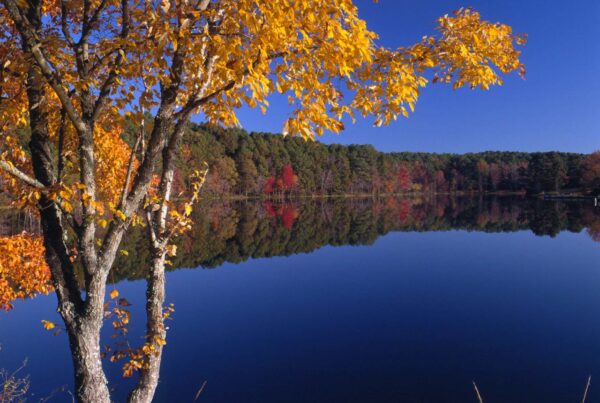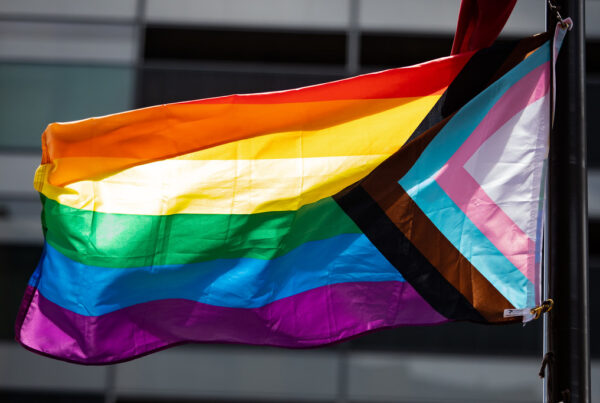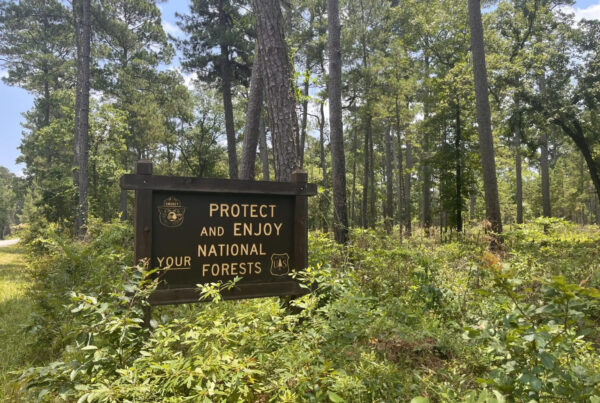Throughout her life, Lady Bird Johnson had a front row seat to some of the biggest events of the 20th Century – World War II, the Civil Rights Movement and the Vietnam War. She eventually came to champion her own causes of environmentalism and beautification.
The life of Lady Bird Johnson is the focus of a new podcast called “Lady Bird” from the Drag Audio, which is based at the University of Texas at Austin.
Host and reporter Jade Emerson joined the Texas Standard to talk about the podcast launch and the life of Lady Bird Johnson. Listen to the interview above or read the transcript below.
This transcript has been edited lightly for clarity:
Texas Standard: So why did you find the life of Lady Bird Johnson so interesting?
Jade Emerson: So I have to be completely honest, I came into this project not really knowing anything about Lady Bird. I knew that she had been a first lady. I knew a little bit about the wildflowers and, of course, just living in Austin. You see her name kind of everywhere, and I don’t think that people have given her quite enough credit for everything that she did. I feel she has just taught me so much about life.
Your reporting points to the World War II Era as being a really pivotal time in Lady Bird Johnson’s own sort of personal evolution. At one point, she even ran LBJ’s congressional office while he was in the military. Can you say a little bit more about that point in her life and what that did for her?
Absolutely. So that is actually one of my favorite episodes in the podcast, because we really see her start to come into her own as her own person. You know, we have her as this young woman kind of figuring out her path. Then she meets this whirlwind of LBJ at 21-years-old, and they eloped two and a half months after they first met. And then she’s still kind of figuring out like, where is her role in his life?
And so when we hit the year 1942 and she is running his congressional office, she’s the one who LBJ trusted more than anyone. I think you really start to see – and she says this herself – she learned her own purpose at that point in her life. And I think sometimes you have to be pushed on to a stage that you might not think that you’re ready for in order to realize that you are. And so I think that’s really where she started to develop that strength of hers.
» RELATED: ‘The Lady Bird Diaries’ sheds new light on the first lady’s contributions, in her own words
You know, these days, of course, she’s often associated with wildflowers and environmentalism. When that whole push by her started, it was often cast as “beautification.” And this was at a time when environmentalism really wasn’t part of the national conversation as such. What have you learned about her feelings when it came to this issue?
Well, I mean, this was in the 1960s when the environmental movement was just beginning to pick up. And she was a part of this really big change that now we see. But yeah, beautification – it was kind of painted as this very frilly thing, not a lot of substance there. And so I think that’s important about stuff in this podcast, like with what we do with our beautification episode is just try to rewrite the narrative a little bit and recognize that there is the wildflower part of it, which is a part that I love, but there’s also the part of it that is serious environmental legislation that’s creating habitable places for people to live.
You know, after LBJ passed, Lady Bird sort of became the face of the Johnson legacy in a way. With her passing, Luci Baines Johnson has sort of picked up that mantle. And I understand you had a chance to talk with her. What did you and Luci Baines talk about when you had a chance to to talk things over with her?
Absolutely. So that was a little bit of a challenge as a journalist, because by this point, I had been working on this project, you know, a year and a half, and I had the privilege and opportunity to interview her.
Some of the most interesting things about that interview for me was hearing about her experience just before the White House. I mean, you play that clip of Lady Bird’s White House diary right after the Kennedy assassination. So to hear that story from Lucy’s perspective, when she was a 16-year-old in high school and not knowing what happened to her parents who were just two cars behind in the motorcade, and then also just hearing about all the lessons that she learned from her mom…
For example, in 1968, which was one of the most traumatic years in American history, Lucy’s first husband was serving in Vietnam, and she had a one-year-old son. And so she was really in the center of this. And then to see how her mom was also handling that and handling the spotlight and the weight of that.
You know, something that strikes me when you hear the audio of Lady Bird talking quite often, she has this sort of mannered gentility – this very southern, almost a matriarchal cadence and there’s a sweetness in her tone when she speaks. That does not belie just how hard and firm she could be, how she had a very clear cut sense of right and wrong and how she sought to push that on those around her.
Absolutely. I talk about this a little bit in the podcast, but it’s the enigma of a southern woman. You know, like a steel magnolia or whiskey in a teacup. And so I think there’s two sides of it. I think the first side is that she really was just a genuine person who wanted to make those around her feel at ease and be that kind of comforting force. But you’re exactly right. The other side of that is strength.
You are a recent graduate of the UT Journalism school. And learning that Lady Bird was on the staff of The Daily Texan, which is the UT student newspaper, could you say a little bit more about that time in her life and how it shaped her?
Absolutely. She graduated from the University of Texas in 1934. She got a history degree and then she went back to get her journalism degree. And part of my reporting process, I did go through the digitized archives of The Daily Texan to read her articles, which had quite a few run-on sentences, maybe a little bit more adjectives than we would use now.
See, that’s your own steeliness coming out of it.
Yes. And, you know, she talks about drinking beer on Mt. Bonnell and just doing like the different things that college kids do.
But it was also interesting. You know, so much of our podcast is a history podcast in terms of seeing the context of her story. I went and visited the church that she eloped at down in San Antonio, and when I visited it, I was 21-years-old, which was the age that she was when she got married, which is crazy to me. So crazy to me.
But to pick up on these little similarities and even just growing up in Texas, you know, wildflowers covered my childhood backyard. And so now, having kind of lived through the story and experiencing this and knowing like, “oh, she was there all along.”
Living through her legacy.
Really, honestly. And I feel so lucky to see that and to recognize that.


